School of Aerospace Engineering
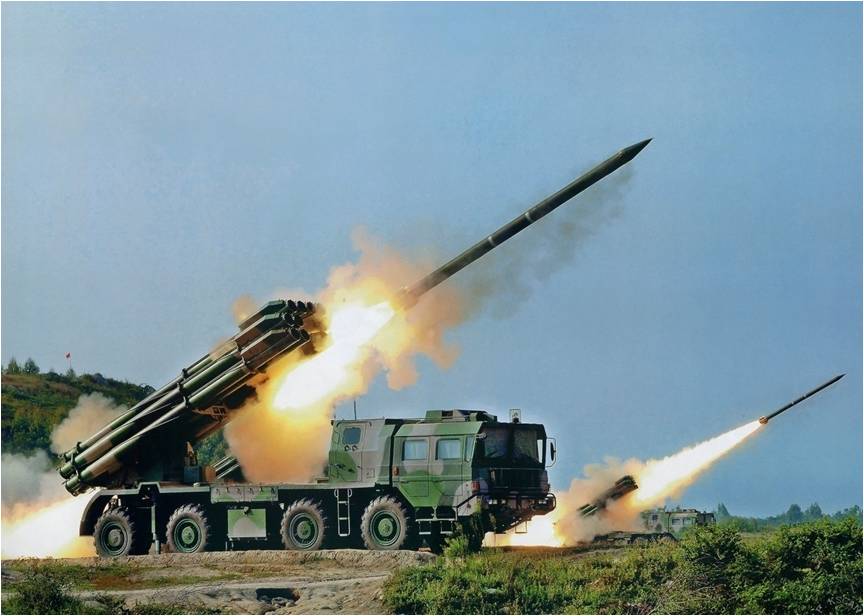
1. Introduction
The School of Aerospace Engineering in Beijing Institute of Technology originated from a unit with three designated majors including rocket design, rocket propulsion and rocket guidance technology in 1957. It was reconstructed into the department of flight vehicle engineering in 1961. The school had since then witnessed the success of a great number of excellent alumni working in aerospace engineering and defense related fields. In 2008, the School of Aerospace Engineering was rejuvenated with a new mission in educating outstanding professionals and conducting original research in aerospace engineering. The school now consists of four departments, i.e., flight vehicle engineering, flight control, launching and propulsion engineering, and mechanics, plus three research centers including the deep space exploration, distributed system of space flight vehicle, and dynamics and controls for flexible space structures. Enjie Luan, member of Chinese Academy of Science, standing member of Chinese People's Political Consultative Conference, director of Science and Technology Committee of the Commission of Science, Technology and Industry for National Defense (STCCSTIND), is appointed the honorary dean of School of Aerospace Engineering.
To fulfill the strategic goal of the university, the school plans to make more efforts in developing research activities in space related technologies. The school will become one of the strongest research and education entities of the university in the frontiers of space flight vehicle technologies, and it will serve as one of the major communication channels for collaborations between the university and aerospace industries.
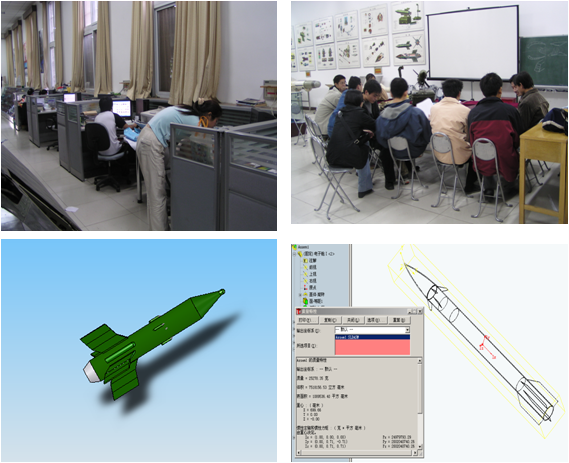
2. Research Fields and Laboratories
The school provides competitive undergraduate and postgraduate programs including B.S., M.S. and Ph.D. in aerospace engineering and mechanics. Flight vehicle designing is selected as the national key developing research discipline; dynamics and control is Beijing key research discipline; and solid mechanics is selected as STCCSTIND key research discipline. The school’s research fields include flight vehicle design, control and dynamics for flight vehicle, space flight system and automatic control, space propulsion, control and dynamics for space structures, materials and structures, hypersonic fluid mechanics, and aerospace launching engineering.

3. Faculty Members
There are 137 employees in the school, with 29 professors, 52 associate professors. One faculty member was honored as the member of Chinese Academy of Science, one was awarded National Distinguished Educator, three were funded by Distinguished Young Investigator Program from NSFC, five were funded by New Centurial Talented Researcher Program from Ministry of Education of China, and one team was honored National Excellent Education Group.
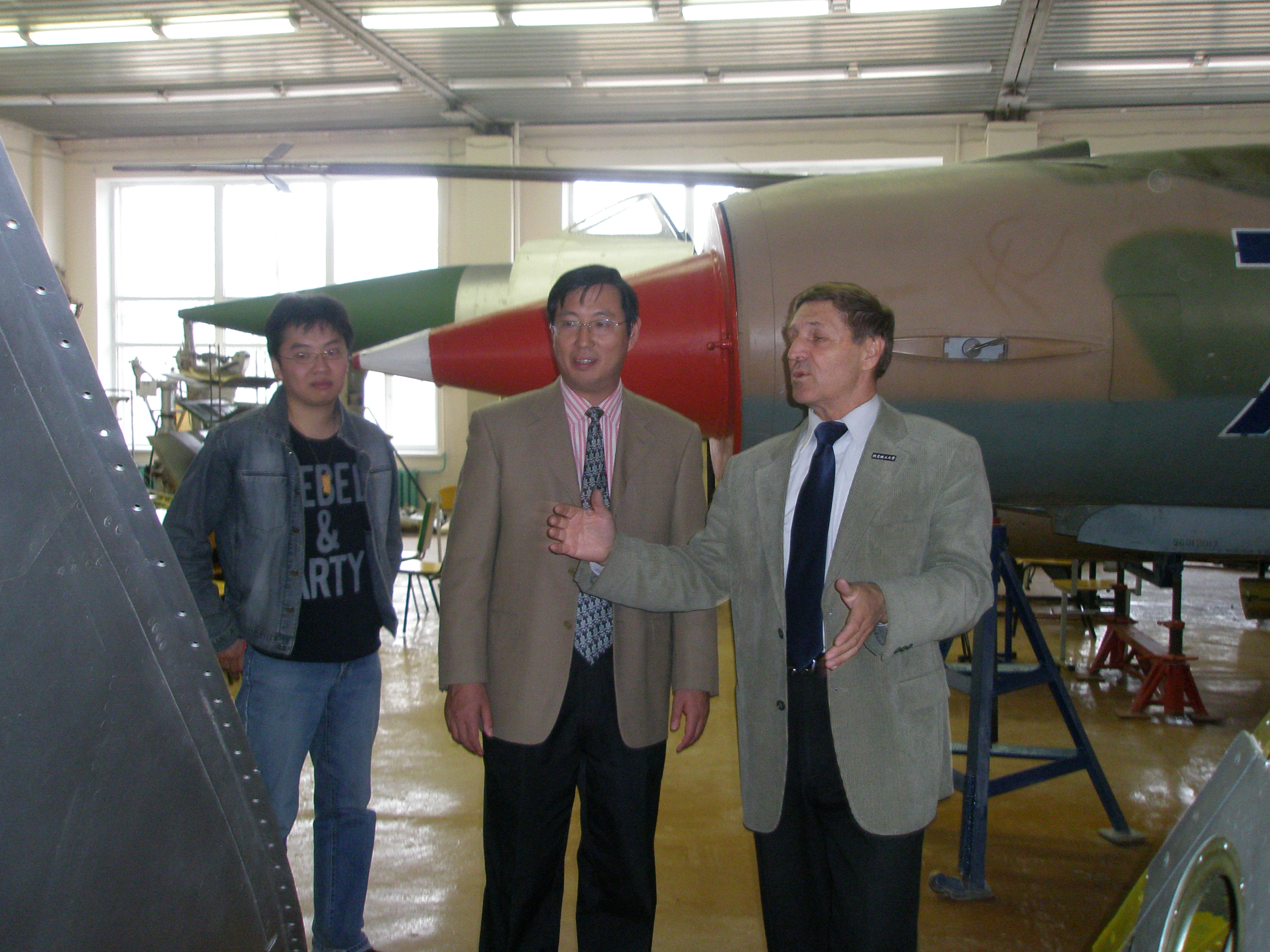
4. Laboratories
There are seven labs in the school, i.e., flight vehicle research lab, flight vehicle virtual design lab, jet propulsion lab, launching technology lab, system and simulation lab, guided flight vehicle system lab, and mechanics lab. The school also holds a flight vehicle system design center for graduate student research and innovation, as well as two Beijing key experimental education centers: fundamental mechanics and aerospace engineering.
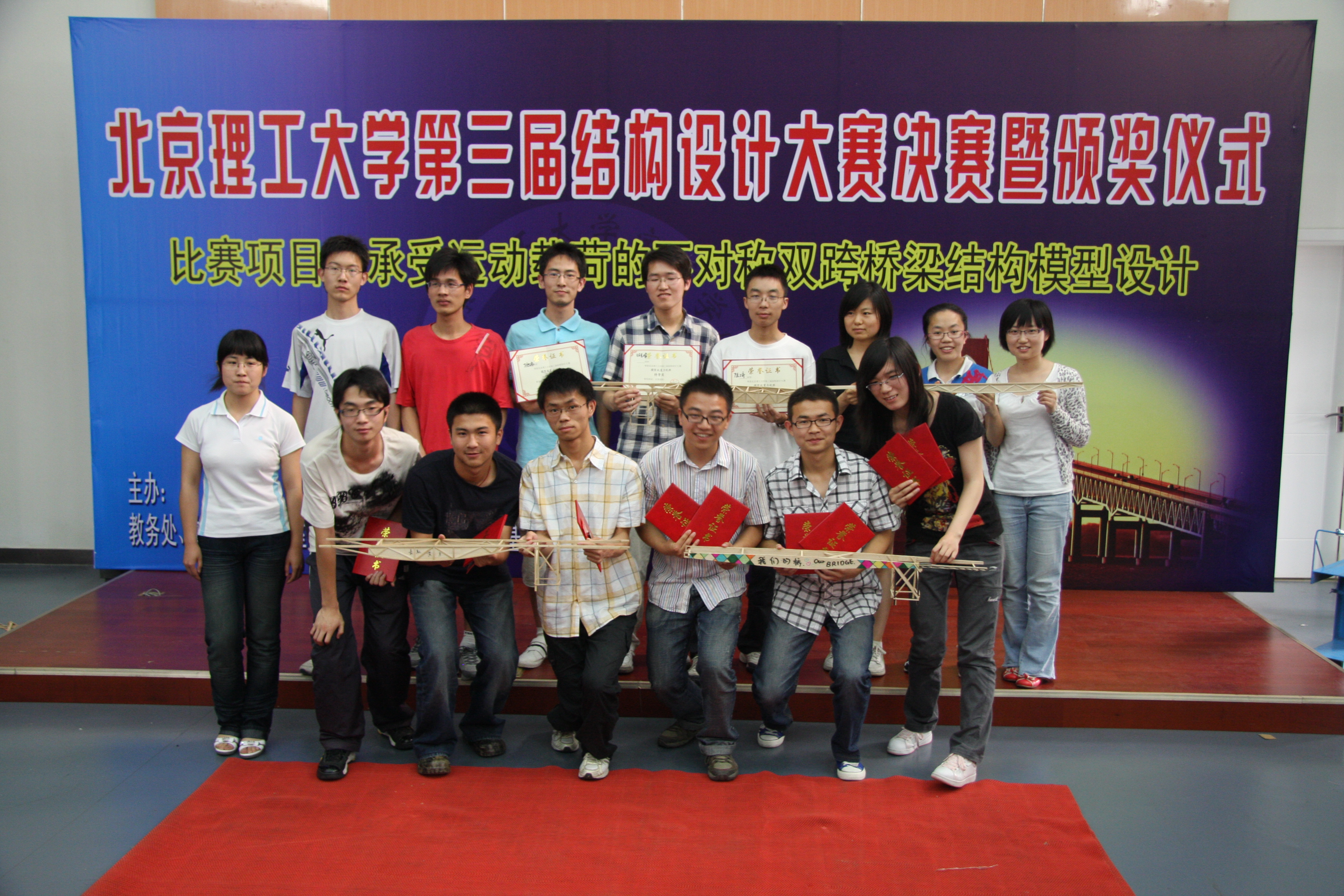
5. Students
There are 841 undergraduate students, 281 graduate students and 159 Ph.D. students enrolled in the school. The school provides students opportunities to conduct scientific and engineering practices. According to students’ interest the school organizes research teams and supports student research and innovation activities. The school has two well-known student activities: aeromodeling and the Competition for Structural Design. Students benefit to build up their creativity and capability. The school actively assists graduates for their career planning and adaptability development, and is highly ranked for student employment.
There are six undergraduate programs including flight vehicle design and engineering, aerospace transportation and control, flight vehicle propulsion engineering, weapon system and launching engineering, exploration guidance and control, and engineering mechanics.
6. Research
The school has strong background in guided flight vehicle, flight vehicle multi-discipline design and optimization, deep space exploration, solid rocket propellant, space launching engineering, dynamics and control in flexible system, analytical mechanics, composite micromechanics, biomechanics, and smart materials and structures. The school receives annual research funding of more than 100 million RMB. In recent years, the faculty members of the school have been awarded the National Prize for Advancement in Science and Technology four times.
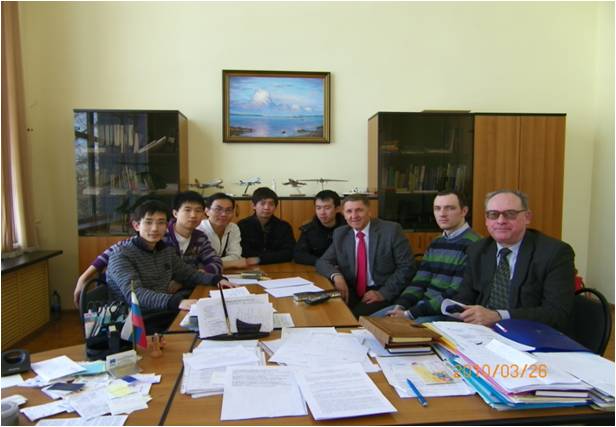
7. Collaborations
The school actively collaborates with domestic and international research organizations in Germany, Russia, U.S.A. and etc. Each year many reputed scholars and researchers are invited to give lectures, and there are a great number of students selected to conduct their final year projects abroad, such as …. The extensive communication and close collaboration will expedite the development in the school of aerospace engineering, and set up the diversity in research and education.

